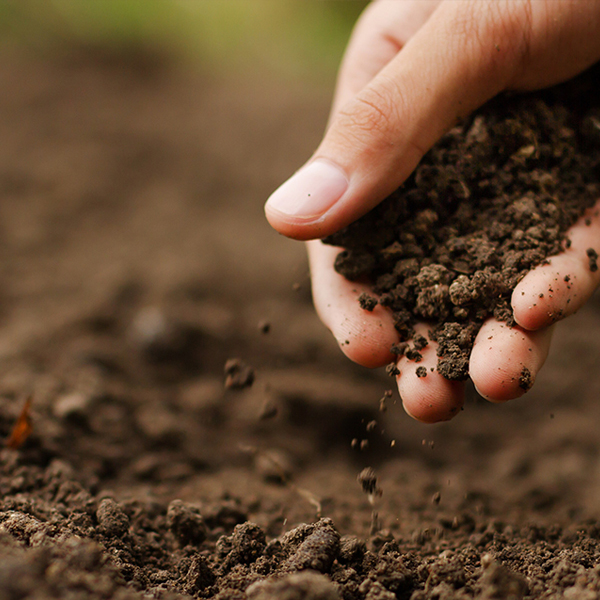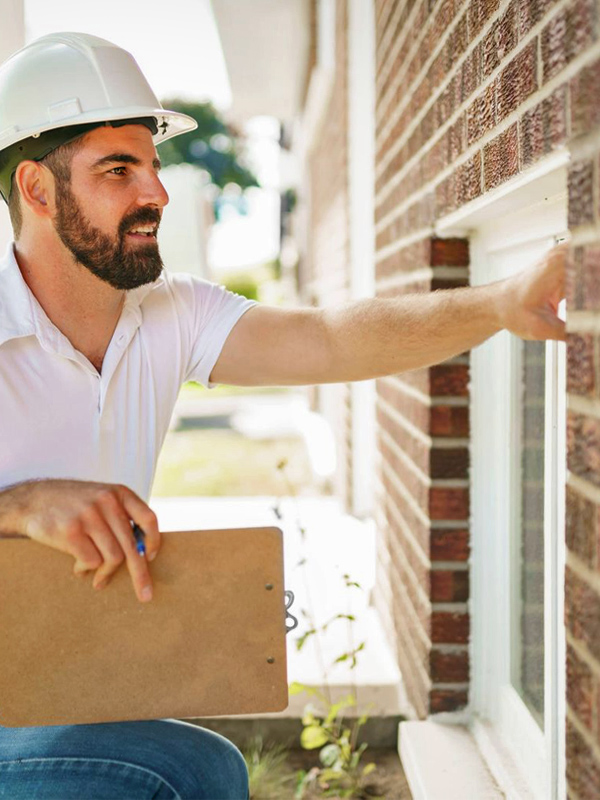San Antonio Foundation Repair Experts
In the heart of South Texas, San Antonio homes and businesses face foundation challenges unlike anywhere else. From the expansive clay soils of Bexar County to the unpredictable weather patterns and rapid development across the region, foundation issues are a persistent concern for property owners. At Perma Pier Foundation Repair, we provide long-lasting, science-backed solutions tailored to the specific geological and environmental conditions of San Antonio and surrounding areas.
Why San Antonio Foundations Fail
Foundation problems in San Antonio often stem from the region’s unique soil composition. The city sits on a complex mix of clay, limestone, and caliche – soils that expand and contract significantly with changes in moisture. Droughts, followed by periods of heavy rainfall, put constant pressure on your foundation, causing it to settle unevenly, crack, or shift entirely.
Other contributing factors include:
- Poor drainage that directs water toward the foundation
- Improper grading of lots and landscapes
- Tree root intrusion disrupting soil and moisture balance
- Age of the structure and construction quality
Signs Your Foundation May Need Repair
It’s critical to catch warning signs early to avoid costly damage. If you’re experiencing any of the following issues, it may be time to schedule a professional inspection:
- Cracks in drywall, ceilings, or exterior brick
- Sloping or uneven floors
- Doors and windows that stick or won’t close properly
- Gaps between walls and ceilings or floors
- Water intrusion in crawl spaces or basements
Tailored Foundation Solutions for San Antonio Properties
At Perma Pier, we don’t believe in one-size-fits-all repairs. Our process begins with a detailed evaluation performed by our geotechnical experts who understand the complexities of San Antonio’s soil and terrain. From there, we recommend a customized solution to stabilize and restore your foundation. Our services include:
- Concrete Slab Foundation Repair – Ideal for most residential homes across the San Antonio metro area.
- Pier & Beam Repair – Specialized support and leveling for historic or crawl space homes common in central neighborhoods.
- Steel & Concrete Piers – Deep foundation systems for maximum long-term stability.
- Drainage Correction & Grading – Designed to protect your foundation by managing water flow away from your home.
- Root Barrier Installation – Prevent tree roots from disturbing your soil structure.
Why Choose Perma Pier in San Antonio?
We’re more than foundation contractors – we’re problem-solvers deeply rooted in Texas soil science. Since our founding, Perma Pier has successfully repaired over 20,000 structures across the state. Our San Antonio foundation repair team combines advanced technology, local knowledge, and time-tested techniques to ensure your foundation stands the test of time.
What sets us apart:
- Backed by decades of experience and proprietary engineering methods
- Licensed, insured, and fully transparent pricing
- Responsive customer care and clear communication from inspection to completion
- Transferable warranties for added peace of mind
Serving Greater San Antonio and Beyond
We proudly serve all neighborhoods and suburbs of San Antonio, including:
- Alamo Heights
- Stone Oak
- Helotes
- Converse
- Boerne
- New Braunfels
- Schertz
- Seguin
Schedule Your Foundation Evaluation Today
If you’re noticing signs of foundation trouble, don’t wait until it becomes a major issue. Reach out to Perma Pier today for a no-obligation inspection and let our trusted team protect your most important investment – your home or commercial property.
Services
Schedule Your FREE Estimate
"*" indicates required fields
Our Proven Process
By Texans For Texans
The #1 foundation repair team in San Antonio with geological science skills.
Our expertise in Texas soil composition ensures that we deliver repairs that are not only effective but long-lasting, tailored specifically to your foundation’s unique needs.

Customer Reviews
We stand apart thanks to our attention to detail, commitment to quality, and dedication to customers.
Rating 4.8 / 5.0 ( 10K+ Total Reviews )
“Their attention to detail and commitment to quality were evident throughout the process. The repairs were done perfectly, and our foundation is now in great shape.”
“The crew was professional, courteous, and very knowledgeable. They fixed our foundation issues with great care and skill. We’re very satisfied with the outcome.”
“I’m extremely pleased with the work they did on our foundation. The team was efficient, communicated clearly, and completed the repairs on time. Highly recommended!”

Frequently Asked Questions
Want to know more about foundation repair in San Antonio? Our FAQ section covers the most common questions we receive.

